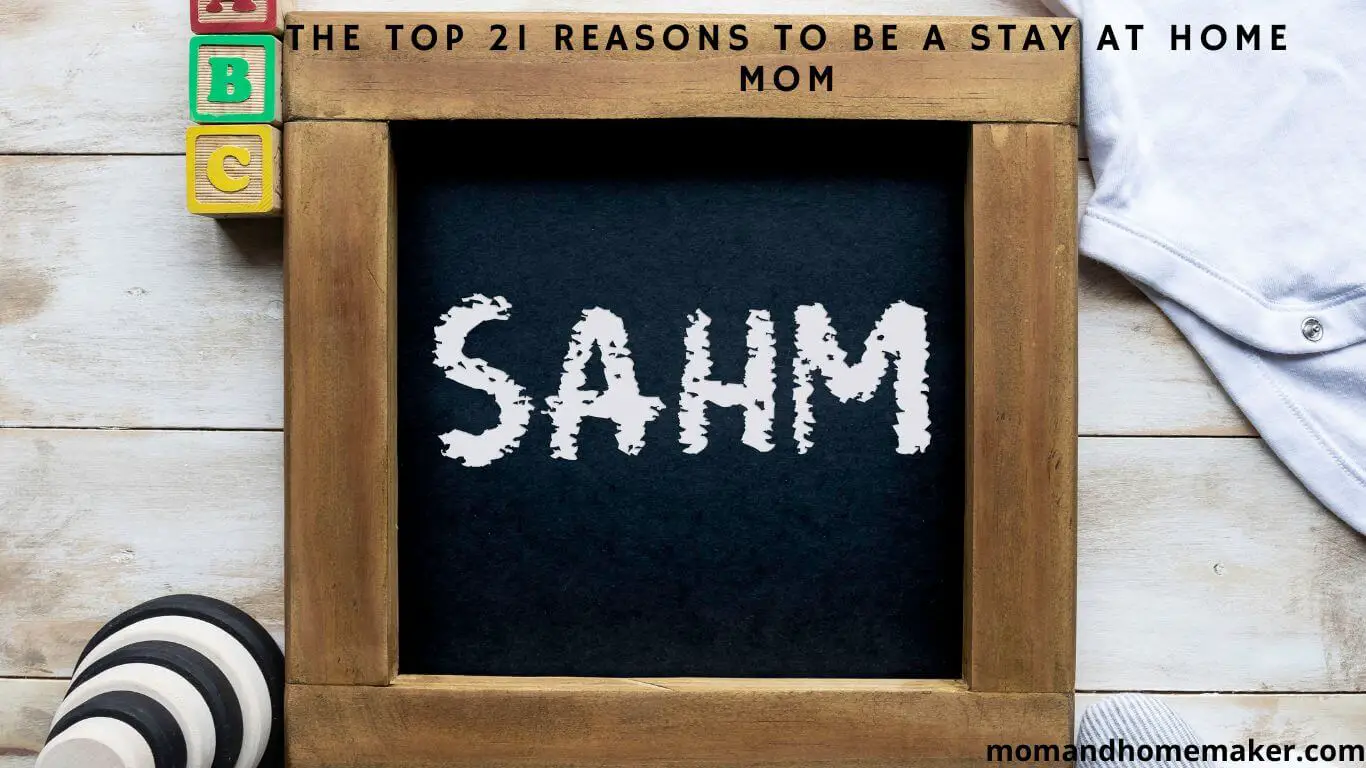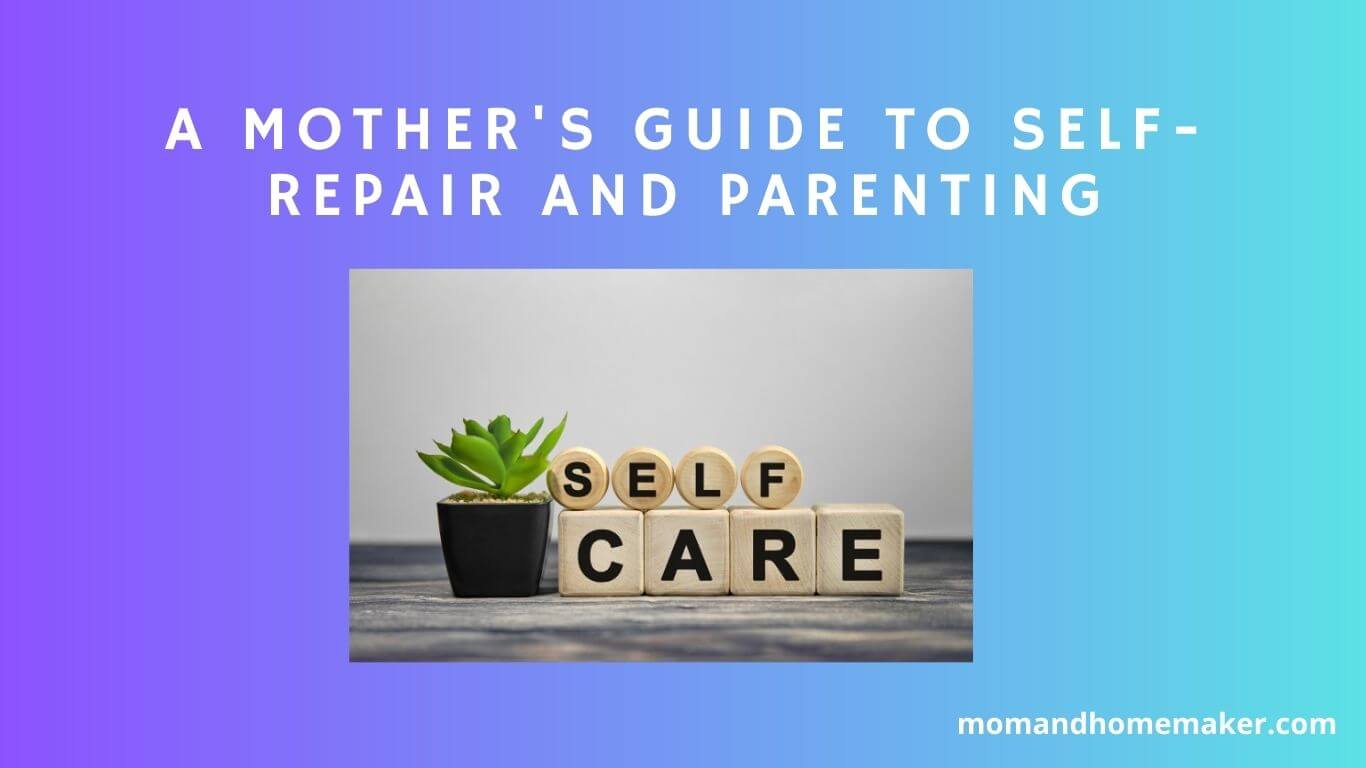The increase in stay-at-home moms can be attributed to a variety of factors, including personal choice and economic considerations.
While some women choose to stay at home, the rising costs of childcare and changes in work flexibility also play a significant role in this trend.
Cultural norms and gender roles further influence the decision for many women in the US to become stay-at-home moms.
Economic Factors
Economic factors play a significant role in many women’s decisions to become stay-at-home moms in the US. The job market heavily influences this choice, with its varying demands and opportunities.
Some women may find it more practical to stay at home rather than seek employment due to factors like job stability, availability of part-time roles, and overall job market competitiveness.
Moreover, the wage gap remains a key consideration for families. In situations where women earn less than men on average in different industries, it may not be financially viable for both parents to work outside the home. This often leads to the logical decision for one parent, typically the mother, to stay at home.
Considering these economic factors is essential when contemplating the decision to become a stay-at-home mom. While personal fulfillment and family values are important, the practical aspects can’t be ignored.
By assessing the job market and wage disparities, individuals can make informed choices that align with their family’s needs and values.
Ultimately, economic circumstances significantly influence the decision to pursue a stay-at-home mom role, underscoring the importance of considering these factors in the decision-making process.
Cultural Norms
Cultural norms play a significant role in shaping societal views on the role of stay-at-home moms in the US. These norms influence how people perceive and expect mothers to balance their responsibilities within the family.
- Societal Expectations: In the US, there’s a strong cultural tradition that values mothers as primary caregivers. This tradition often leads to the expectation that women will prioritize their families over their careers, resulting in a high number of stay-at-home moms.
- Parental Roles: Cultural norms also influence the division of labor within households, with women frequently seen as the main caregivers. This expectation can influence women to choose to stay at home to fulfill their perceived role as mothers.
- Traditional Values: Many communities in the US hold traditional values that emphasize the importance of the family unit. These values reinforce the idea that a mother’s central role is to care for her children, which can encourage women to stay at home.
Family dynamics are significantly influenced by these cultural norms, with traditional gender roles playing a crucial part in decision-making processes.
As societal expectations continue to shape perceptions of motherhood, the prevalence of stay-at-home moms in the US remains a reflection of these deeply ingrained cultural beliefs.
Childcare Costs
In the United States, stay-at-home moms often face the challenge of expensive childcare, which can make it difficult for them to return to work. The cost of quality childcare is a major concern for many families, as it can take up a large portion of their budget.
Parents are often in a tough spot, weighing the financial benefits of working against the expenses of childcare.
The responsibilities of parenting add another layer of complexity, with many mothers feeling torn between contributing financially and providing the best care for their children.
Balancing work and childcare can be exhausting, leading some moms to choose to stay at home to be more hands-on with their kids.
For those considering going back to work, the high cost of childcare can feel overwhelming. Parents need affordable and reliable care that ensures their child’s well-being.
Finding a way to balance work and family responsibilities is crucial, and addressing the challenges of childcare expenses is key to supporting mothers who want to pursue their career goals while prioritizing their children’s welfare.
Work Flexibility
Balancing a career with childcare responsibilities is a common challenge for stay-at-home moms in the US. Work flexibility is crucial for these moms, allowing them to pursue their career goals while tending to their children’s needs. Many companies now recognize the importance of supporting employees with family obligations.
Here are some ways work flexibility benefits stay-at-home moms:
- Remote work lets you do your job from home, saving money on childcare and giving you more time with your kids.
- Flexible schedules allow you to adjust your work hours to fit your family’s schedule, making it easier to be present for important events and appointments.
- Alternative work options, like part-time roles or job-sharing, provide opportunities to stay involved in the workforce while prioritizing family commitments.
Gender Roles
As a stay-at-home mom, embracing non-traditional gender roles empowers you to challenge societal expectations and redefine your role within the family.
In a society where traditional gender norms have long been the norm, breaking free from these constraints can be liberating. It allows you to shape a path that reflects your values and goals.
By questioning traditional expectations, you can redefine what it means to be a stay-at-home mom. Instead of being limited to household tasks, embracing non-traditional gender roles lets you find new ways to contribute to your family’s well-being while pursuing your interests.
This change can lead to a more fulfilling and balanced life, where your value is based on your unique skills and talents.
Society may try to fit you into a predetermined role, but by embracing non-traditional gender roles, you show resilience and a willingness to challenge the norm. Your choice to redefine your role can inspire others to rethink traditional expectations and promote a more diverse understanding of family dynamics.
Personal Choice
Choosing to be a stay-at-home mom allows you to prioritize your family and personal well-being. This decision empowers you to focus on what truly matters in your life, creating a harmonious balance between work and family responsibilities.
By opting to stay at home, you can actively shape your work-life balance according to your values and needs.
- Work Life Balance: Being a stay-at-home mom offers you the flexibility to structure your day in a way that promotes a healthy equilibrium between your personal life and any professional aspirations you may have. This balance enables you to dedicate time to both your family and yourself, fostering a sense of fulfillment and contentment.
- Societal Expectations: In a society where traditional gender roles and expectations often influence women’s decisions regarding their careers and family life, choosing to be a stay-at-home mom can be a bold statement of self-determination. By defying societal norms, you’re taking control of your own narrative and asserting your autonomy over your choices.
- Personal Well-Being: Prioritizing your family and personal well-being by staying at home can lead to increased happiness and satisfaction. By focusing on what brings you joy and fulfillment, you’re actively investing in your mental, emotional, and physical health, creating a positive environment for yourself and your loved ones.
Making the decision to be a stay-at-home mom is a personal choice that reflects your commitment to nurturing your family and yourself amidst societal expectations. It’s a brave and empowering decision that allows you to craft a life that aligns with your values and priorities.
Social Support
When you’re a stay-at-home mom in the US, having social support is essential for building a sense of community and connection. It’s important to have a strong support system as you take care of your family because it can greatly impact your emotional well-being.
Local mom groups, parenting classes, and online forums are valuable community resources where you can share experiences, seek advice, and feel understood by others who are also in a similar situation.
Creating connections within your community can help you feel like you belong and reduce any feelings of isolation that may come with being a stay-at-home mom. These social interactions not only benefit your emotional health but also contribute to creating a supportive environment for your children and family as a whole.
Education Levels
Higher education can have a positive impact on stay-at-home moms in the US by offering opportunities for personal growth and potential career advancement. Advanced education provides valuable skills and knowledge that boost self-esteem and confidence, empowering moms to pursue their interests.
Increased education levels often lead to higher employment rates, indicating improved chances of re-entering the workforce in the future.
With enhanced critical thinking and problem-solving skills, educated stay-at-home moms can engage in volunteer work or part-time positions that align with their values.
Pursuing further education or certifications can also open avenues for career progression if they decide to transition back to work, providing more fulfilling opportunities.
Career Opportunities
Increasing your education can expand the range of job opportunities available to stay-at-home moms in the US. By pursuing additional education or training, you can access a variety of career options that not only provide financial stability but also personal satisfaction.
Here is a breakdown of how different factors can influence the opportunities in your career:
| Factors | Impact on Career Opportunities |
|---|---|
| Job Satisfaction | Boosts motivation and engagement at work, leading to a more fulfilling career. |
| Wage Disparity | Higher levels of education often lead to higher salaries, reducing the wage gap. |
| Career Advancement | Opens pathways to promotions and higher positions within companies. |
| Work-Life Balance | Offers options for flexible work arrangements, enabling effective balance between work and family life. |
Government Policies
Government policies have a significant impact on the choices available to stay-at-home moms in the US. These policies influence the decisions made by mothers who are considering staying at home to care for their families. Here’s how government policies shape the landscape for stay-at-home moms:
- Tax Incentives: The government provides various tax incentives to families with a stay-at-home parent, usually the mother. These incentives can ease some financial pressures and make it more feasible for mothers to stay at home without straining the family’s finances significantly.
- Maternity Leave: The government’s provision of maternity leave, including its duration, affects a mother’s ability to stay at home with her newborn. Longer maternity leave periods can assist mothers in transitioning into the stay-at-home role and offer essential bonding time with their children during the early developmental stages.
- Childcare Support: Government policies that offer subsidies or financial aid for childcare can also influence a mother’s choice to stay at home. When affordable and high-quality childcare options are limited, some mothers may decide to stay at home instead of re-entering the workforce.
Conclusion
In the United States, the high number of stay-at-home moms can be attributed to various factors. These include economic conditions, cultural norms, the cost of childcare, and societal expectations.
The decision to stay at home and care for one’s family is influenced by a combination of these complex factors. Ultimately, it’s about making the best choice for oneself and one’s loved ones in a changing world.









